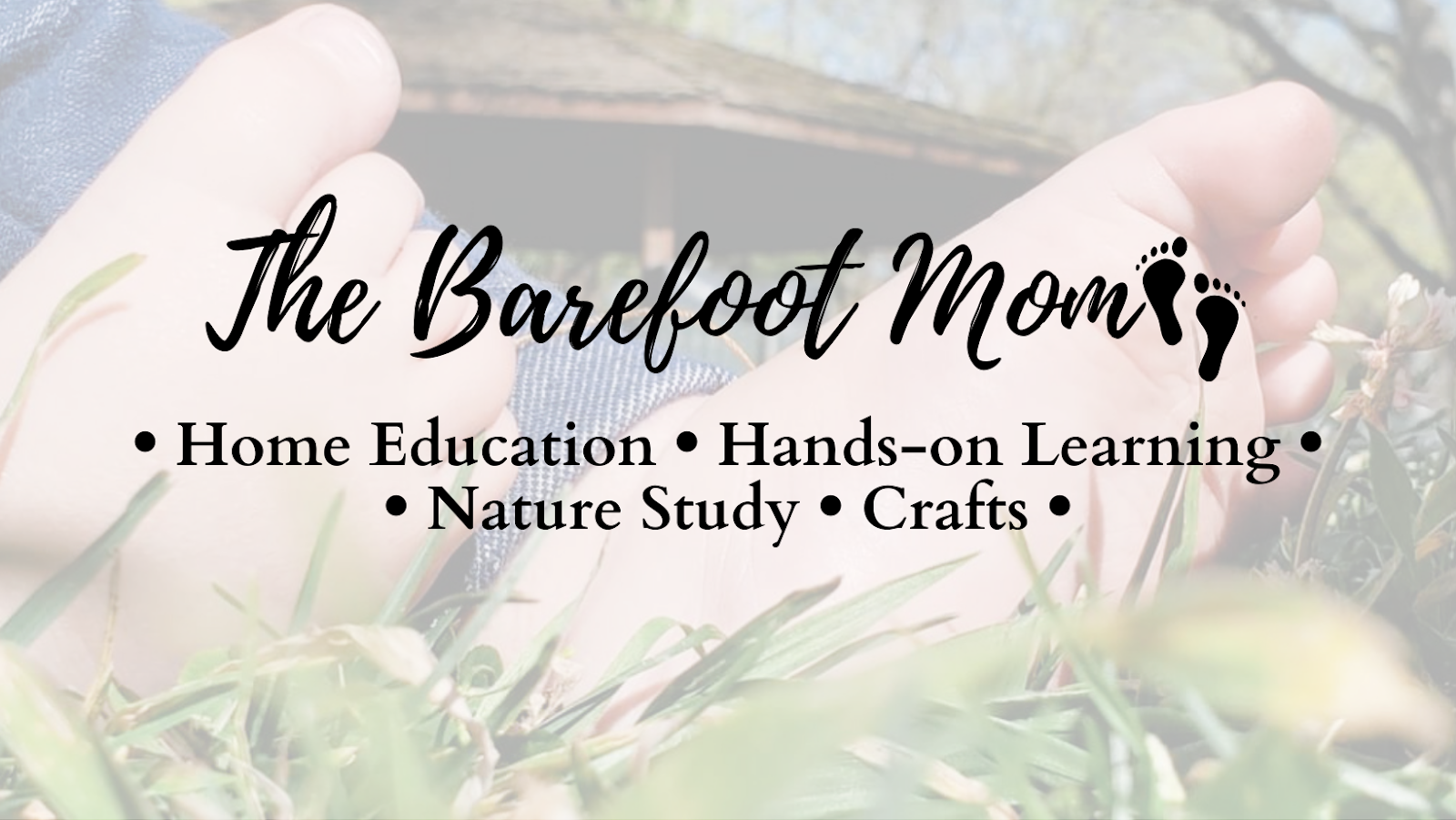Most parents read aloud to their kids regularly when they are young but many stop once their kids become proficient readers. Read aloud time doesn't have to (and shouldn't) stop after your kids learn to read for themselves though, reading aloud to your kids remains beneficial all the way through childhood. In this post I share several reasons to continue reading to your kids aloud, even after they become proficient readers themselves.
Quality Time
Reading aloud to you kids is a great family activity and an awesome way to squeeze in a little extra quality time together. It's one of my kids' favorite times of day and they often beg me to read to them more even after we've already done our planned daily read aloud. I really enjoy having this calm quiet time with my kids, especially since other parts of our days often end up being busy and a bit crazy.
Introduce Them to a Wide Variety of Literature
Reading aloud to your kids is a great opportunity to introduce them to literature they may not pick on their own. I choose books of many different literary styles for our family read alouds. We read historical fiction, the classics, mystery series, fantasy novels, and often just fun kid books.
Boosts Vocabulary
Books are great for introducing kids to new words and developing a rich vocabulary and this goes for books read aloud as well as books read on your own. I often read my children books above their own reading levels, this gives me an opportunity to introduce new words and it often leads to all sorts of interesting discussions.
We like to keep a bulletin board up for new words we come across in our reading. We write a word and a short definition on a small piece of construction paper and then pin it to our board so we can revisit it later.
Instill A Love of Reading
One of the best ways to encourage our kids to read on their own and to develop a love for books is by setting and good example, and simply enjoying literature along with them. If your kids see that you love books, they are more likely to be interested themselves.
Reading aloud to you kids is a great family activity and an awesome way to squeeze in a little extra quality time together. It's one of my kids' favorite times of day and they often beg me to read to them more even after we've already done our planned daily read aloud. I really enjoy having this calm quiet time with my kids, especially since other parts of our days often end up being busy and a bit crazy.
Introduce Them to a Wide Variety of Literature
Reading aloud to your kids is a great opportunity to introduce them to literature they may not pick on their own. I choose books of many different literary styles for our family read alouds. We read historical fiction, the classics, mystery series, fantasy novels, and often just fun kid books.
Boosts Vocabulary
Books are great for introducing kids to new words and developing a rich vocabulary and this goes for books read aloud as well as books read on your own. I often read my children books above their own reading levels, this gives me an opportunity to introduce new words and it often leads to all sorts of interesting discussions.
We like to keep a bulletin board up for new words we come across in our reading. We write a word and a short definition on a small piece of construction paper and then pin it to our board so we can revisit it later.
Instill A Love of Reading
One of the best ways to encourage our kids to read on their own and to develop a love for books is by setting and good example, and simply enjoying literature along with them. If your kids see that you love books, they are more likely to be interested themselves.
There's this James Patterson quote that I love that says "There's no such thing as a kid who hates reading. There are kids who love reading and there are kids who are reading the wrong books." Reading aloud a wide variety of literature to your children helps them figure out what kinds of books they enjoy.
You'll Enjoy It Too
Read alouds aren't just fun for your kids, they can be fun for parents too. I love getting to revisit my childhood favorites with my children. I also love discovering new books with them. One of my oldest daughter's favorite series at the moment is the Little House series by Laura Ingalls Wilder. It was one of my very favorites growing up as well, and it has been so enjoyable getting to visit them all over again with her.
Do your kids enjoy being read to?
What are your family's favorite read aloud books?
If you enjoyed this post, check out:
-5 Reasons To Let Your Kids Go Barefoot
-Learning To Read Is Not A Race
Follow me on:
Facebook
Pinterest
Instagram
You'll Enjoy It Too
Read alouds aren't just fun for your kids, they can be fun for parents too. I love getting to revisit my childhood favorites with my children. I also love discovering new books with them. One of my oldest daughter's favorite series at the moment is the Little House series by Laura Ingalls Wilder. It was one of my very favorites growing up as well, and it has been so enjoyable getting to visit them all over again with her.
Do your kids enjoy being read to?
What are your family's favorite read aloud books?
If you enjoyed this post, check out:
-5 Reasons To Let Your Kids Go Barefoot
-Learning To Read Is Not A Race
Follow me on:


Yep, my kids are all either in middle school or high school an I still read aloud to them at least once a day!
ReplyDelete